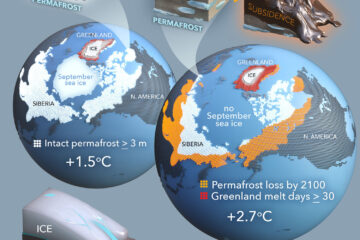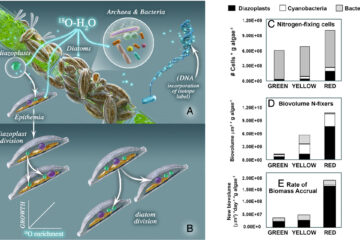Conifer radial growth response to recent seasonal warming and drought from the southwestern USA
Future droughts are expected to become more severe and frequent under future climate change scenarios, likely causing widespread tree mortality in the western USA. Coping with an uncertain future requires an understanding of long-term ecosystem responses in areas where prolonged drought is projected to increase. Tree-ring records are ideally suited for this task. We developed 24 tree-ring chronologies from 20 U.S. Forest Service Forest Inventory and Analysis (FIA) plots in the southwestern USA. Climate variables were derived from the PRISM climate dataset (800-m grid cells) to capture the bimodal precipitation regime of winter snow and summer monsoonal rainfall, as well as warm-season vapor-pressure deficit (VPD) and winter minimum temperature. Based on mixed linear models, radial growth from 1948 to 2013 for four conifer species (Pinus edulis, Juniperus osteosperma, Pinus ponderosa, and Picea engelmannii) responded negatively to warm-season VPD and positively to cold-season precipitation. Pinus spp. benefited from warm-season precipitation linked to the North American monsoon, and Pinus spp. and J. osteosperma radial growth increased with warmer cold-season minimum temperature. However, warmer cold-season minimum temperatures countered the beneficial influence of cold-season precipitation for radial growth in Pinus spp. and J. osteosperma, while P. engelmannii was unaffected. Also, enhanced drying effects of warm-season VPD associated with decreased cold-season precipitation negatively affected radial growth of Pinus spp. and P. engelmannii. Of the four conifer species studied, Pinus spp. are most affected by droughts since 1948, while P. engelmanniiand J. osteosperma appear to be more resilient. Investigating seasonal climate responses and interaction effects on radial growth in areas impacted by severe drought helps identify species that may be particularly at risk from climate change impacts in the Anthropocene.


